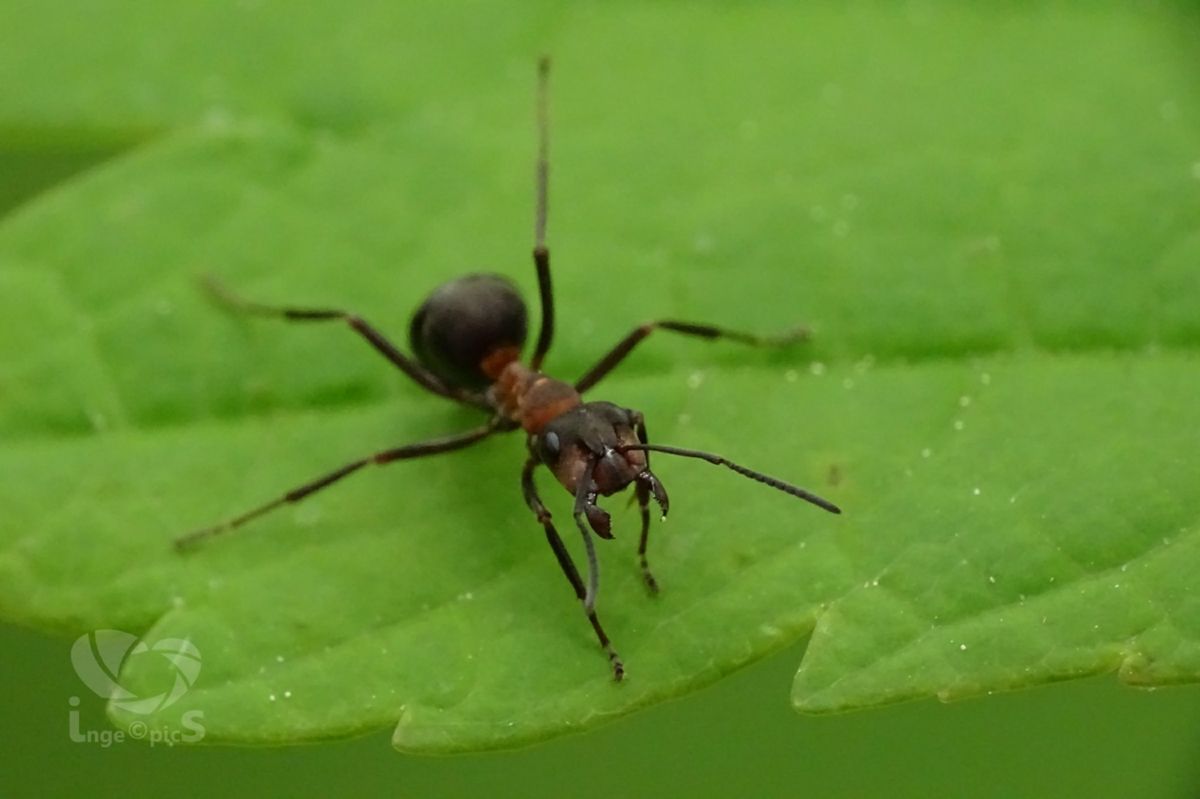D: Y’know, Yaël, animals have some pretty nasty means of defending themselves or catching prey. Venomous creatures manufacture toxins in their bodies which they deliver by bites, stings, or stabs. These include some snakes, spiders, insects, fish, octopuses, amphibians, reptiles, and even some mammals. There are even a few animals, such as bombardier beetles and skunks that spray noxious chemicals at attackers.
Y: I know of an even stranger method of animal defense, Don. In 2018 scientists described a previously unnamed species of exploding ants in Borneo. This species, which they named Colobopsis explodens, is one of fifteen found in Southeast Asia that can explode by rupturing its body walls and spewing out a toxic yellow goo from its mandibular glands onto an attacker. They are, in effect, suicide bombers.
D: But Yaël, what good does it do an ant to defend itself if it dies in the process?
Y: Ants are highly social animals that sacrifice themselves for their colony. Colobopsis explodens lives in colonies of thousands in the leafy canopies of tall trees. The members of an ant colony are close relatives. Only a few queens and drones reproduce, thereby spreading the genes of their colony mates. Most of the colony consists of sterile female workers that serve the colony in various ways, which indirectly helps to spread their genes. Sacrificing themselves by exploding to protect the colony from dangerous intruders is just another service they perform. The dangerous intruders included the scientists that have studied them since 2007, who informally called them ‘yellow goo’ ants.










